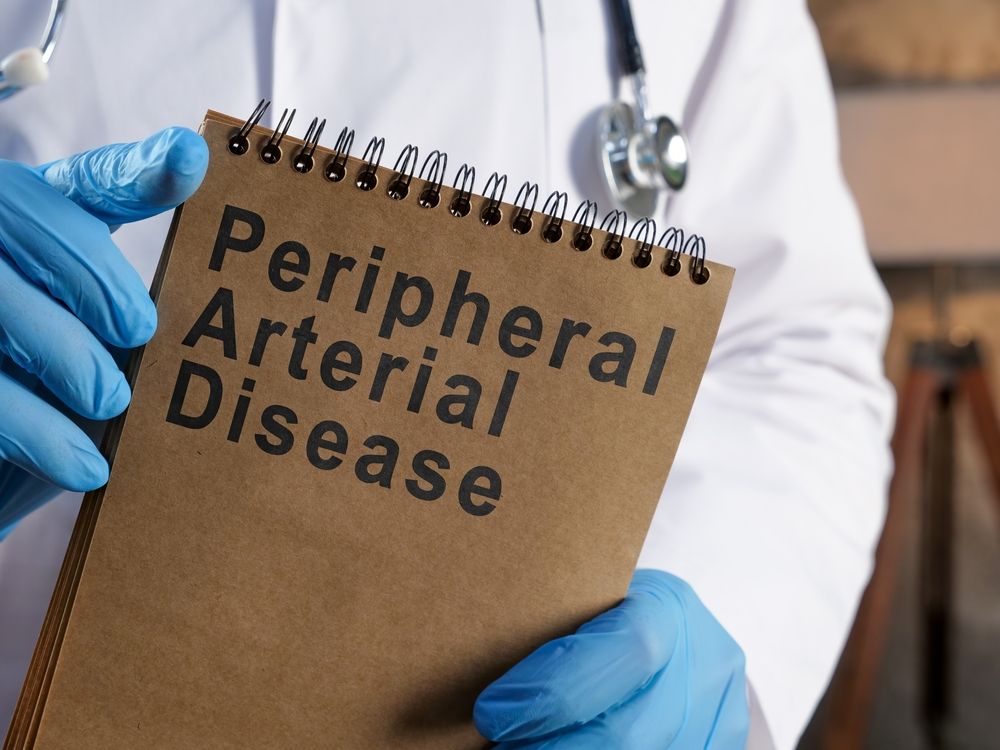Vascular and Vein Institute of the South
Vascular Surgery located in Tennessee, Mississippi, and Arkansas
Up to 20% of Americans over the age of 60 have peripheral artery disease (PAD), which can increase your risk of amputation, heart attack, stroke, and ultimately – death. We diagnose and treat PAD at any of our offices across the tri-state area, including Memphis, Germantown, Millington, Southaven, Oxford, Senatobia, Grenada, West Memphis, and Forrest City. If you have leg pain or cramping, numbness in your feet, or changes to the skin on your legs, call us or schedule a consultation online today.
Peripheral Artery Disease Q & A
What is PAD?
PAD is a vascular health condition that occurs when the arteries outside of your heart and brain become clogged or narrowed and reduce your circulation. The issue usually develops in your feet and legs, but it can also affect your arms, hands, and abdomen.
Some of the common signs of PAD include:
- Pain and cramping in your legs
- Numbness or weakness in your legs and feet
- Hair loss on your feet and legs
- Toenails that grow slowly or become brittle
- Sores on your legs, ankles, or feet that don’t heal
- Changes in skin texture and color (cool, thin, pale, shiny, purple/blue tone)
While PAD is a serious health issue, the condition is often treatable. If you have any of these symptoms, you should make an appointment today.
What causes PAD?
Atherosclerosis is the most common cause of PAD. Atherosclerosis develops as fatty plaque builds up on the inside of your arteries, making them hard and narrow. This reduces your circulation and deprives your muscles and other tissue of oxygen and other essential nutrients.
Your risk of PAD increases if you lead a sedentary lifestyle, are overweight, or if you smoke. Conditions like diabetes, high cholesterol, and high blood pressure also increase your chances of developing PAD.
How is PAD diagnosed?
We use a variety of tests to diagnose PAD. We’ll check the blood pressure in your ankle and compare it to the pressure in your arm with the ankle-brachial index.
We might also use ultrasound, including Doppler imaging, to examine your arteries and monitor the movement of blood. MRIs and CT scans can also provide valuable information about your arteries and the other tissues in your legs, abdomen, and arms.
How is PAD treated?
Treatment for PAD depends on the severity of your condition. We offer customized treatment plans that could include:
- Diet changes
- Increasing physical activity
- Smoking cessation
- Angioplasty and/or stenting
- Atherectomy
- Bypass surgery
You can also reduce your risk of PAD by getting more exercise, reducing fat and salt in your diet, and giving up smoking. You should also have your cholesterol levels, and blood pressure monitored, and get the treatment you need to manage your health.
To learn more about PAD and how to protect your vascular health, call us today or schedule an appointment online.

